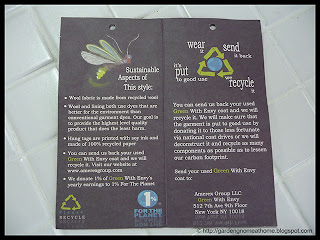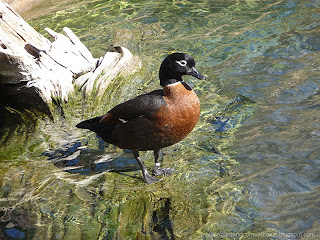I have never been one to be up with the latest fashions. Instead I tend to choose classic style clothing that can be worn for several years. One of the reasons for this is I simply hate shopping and that includes shopping for clothes. Our primary residence is in Ontario, Canada so needless to say warm winter coats are a must. I have a gorgeous long coat (pink silk lined, grey wool melton cloth) for dressier type events during the winter. It has served me well for over 10 years and still looks good! Since it is only used a few times throughout the winter this coat will last me several more years. I have my university leather jacket as my main short winter coat. It has a heavy liner that can be zipped in for extra warmth. It's old and nostalgic but very much me. I did not have an in between length even though there have been several times a dressy mid-length would have been quite welcomed. The other day I finally decided on a whim and because the coat I saw was at an excellent price ($29.99), to splurge on a new mid-length dressier pant coat.
Green with Envy is a line of outerwear launched by Amerex Group in 2008 originally sold in Macy's but is now making its way to Sam's Club. The premise is you can have nicely designed clothes that are good for the environment as well. The wool fabric is made from recycled wool using garment dyes that are better for the environment. The tags are printed with soy ink on 100% recycled paper. Amerex Group is socially responsible as well by donating 1% of Green with Envt's yearly earnings to 1% For The Planet. Once you are finished wearing your coat you can send it back to them to be donated to those less fortunate or to be recycled into new coats.
While the thought of returning the coat for donating or recycling is nice, it really is not an eco-friendly solution as shipping involves fuel that adds to your carbon footprint. A better solution is to donate the coat at the local level. There are a wide range of charities that accept donations of coats with one of the most notable in our area being Coats for Kids. I'm on the petite side so any of my unused clothing would easily fit a smaller teenager.
Garden Gnome
©2006-2011























